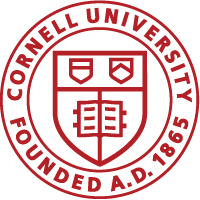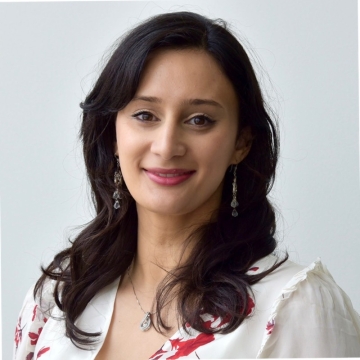Spatiotemporal Control of Type 1 Helper T-Cell Activation in the Inflamed Skin
T-cell-mediated pathogen control involves a multi-step, tissue-level response that is tightly regulated. Immune cell aggregation within perivascular niches (PVNs) plays a pivotal role in orchestrating tissue immunity during infection, autoimmunity, and cancer. However, the mechanisms driving PVN assembly and the activation signals they provide remain poorly understood. Here, we integrate dynamic time-resolved in vivo imaging with a novel spatially resolved platform to interrogate the microanatomy, transcriptome, immune phenotypes, and inflammatory mediators within skin PVNs.
In Chapter 3, we demonstrate that CXCL10+ PVNs establish a site that coordinates Th1 and myeloid cell positioning, facilitating critical Th1 activation signals. Th1 cells reside in PVNs for approximately 24 hours, receiving initial cues that enable their functional deployment to the inflamed dermal parenchyma.
Building on these findings, Chapter 4 highlights the role of CCR2-dependent myeloid cells in driving Th1 IFNγ production. PVN myeloid cells displayed a cooperative activation and signaling program supportive of activation of Th1 cells. The interaction between CCR2+ PVN myeloid cells induces functional changes within Th1 cells while promoting CXCR2-dependent myeloid cell aggregation that sustains PVN assembly. These interactions underscore a critical tissue-organizing function of Th1 cells, rapidly acquired upon the first 24 hours of tissue entry, that enhances regional immunity.
In Chapter 5, we reveal that after 24 hours in the tissue, Th1 cells undergo a molecular switch in integrin and chemokine receptor expression. This transition coincides with metabolic reprogramming to a glycolysis-dominant state and upregulation of effector cytokines, enabling their full functional maturation.
Together, these results establish PVNs as dynamic hubs of immune coordination, where niche-enriched signals drive reciprocal interactions between Th1 and myeloid cells to regulate tissue immunity. As we identified transcriptionally similar PVNs in human skin, these findings may have physiological relevance to human health. Targeting PVN-associated factors could provide new therapeutic strategies to enhance T-cell immunity in infection, autoimmunity, and cancer.
Bala N, McGurk AI, Zilch T, Rup AN, Carter EM, Leddon SA, Fowell DJ. T cell activation niches-Optimizing T cell effector function in inflamed and infected tissues. Immunol Rev. 2022 Mar;306(1):164-180. doi: 10.1111/imr.13047. Epub 2021 Dec 2. PMID: 34859453; PMCID: PMC9218983.



